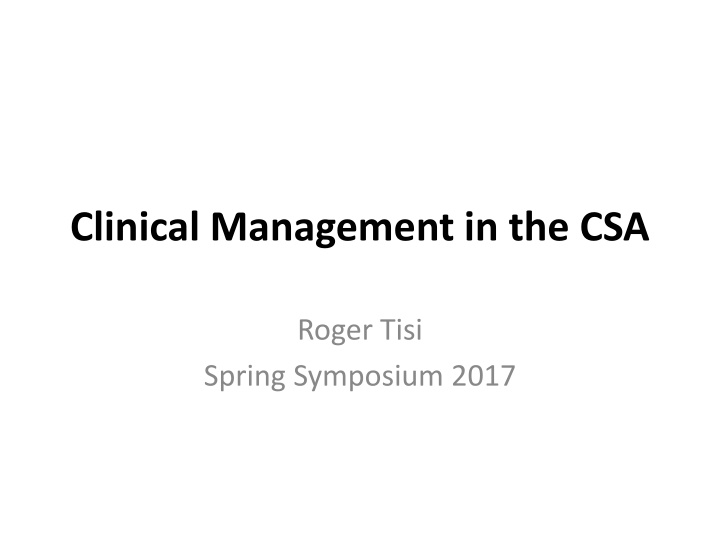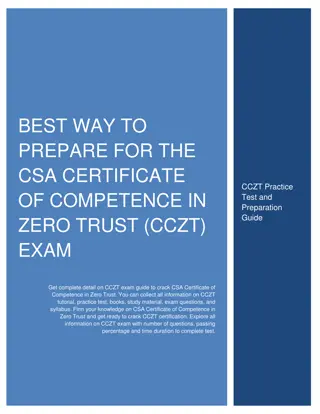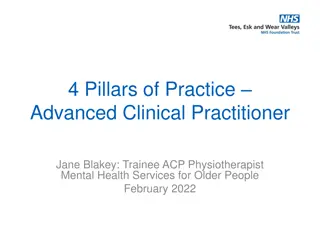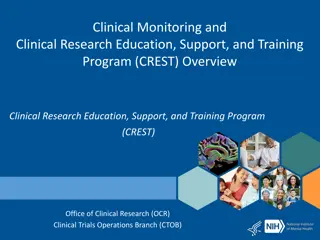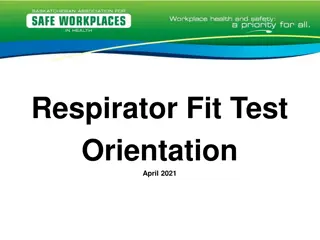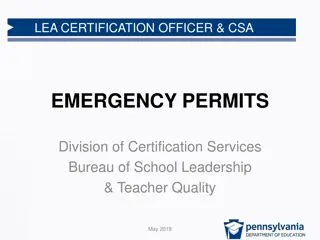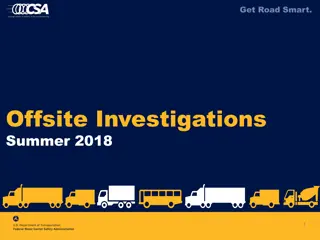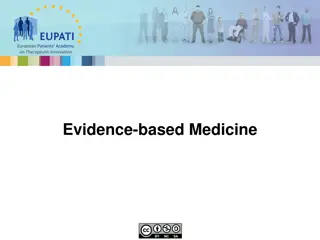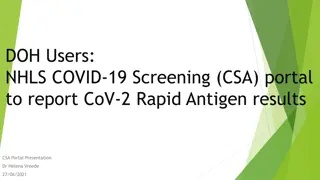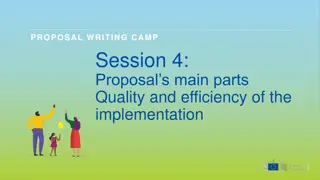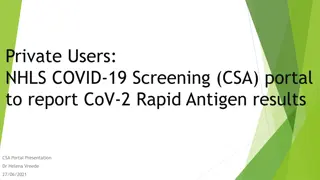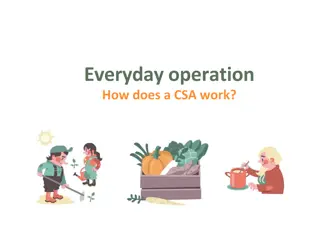Clinical Management in the CSA
Explore strategies for teaching clinical management, common pitfalls, and feedback. Learn the DECIDE approach (Diagnose, Explain, Contextualise, Involve, Do, Ensure).
Download Presentation

Please find below an Image/Link to download the presentation.
The content on the website is provided AS IS for your information and personal use only. It may not be sold, licensed, or shared on other websites without obtaining consent from the author.If you encounter any issues during the download, it is possible that the publisher has removed the file from their server.
You are allowed to download the files provided on this website for personal or commercial use, subject to the condition that they are used lawfully. All files are the property of their respective owners.
The content on the website is provided AS IS for your information and personal use only. It may not be sold, licensed, or shared on other websites without obtaining consent from the author.
E N D
Presentation Transcript
Clinical Management in the CSA Roger Tisi Spring Symposium 2017
Aims of the session To look at the scope of Clinical Management in the CSA To reflect on strategies we use to help our learners understand and apply this domain To consider a model for teaching this domain To look at some common pitfalls
A very short quiz What proportion of marks in the CSA relate to clinical management?
What issues do your trainees have with Clinical Management?
Problems Time Missing (or avoiding) the point Ignorance Managing the condition rather than the patient It s hard
D = Diagnose E = Explain C = Contextualise I = Involve D = Do E = Ensure
D = Diagnose What is the: Diagnosis / Differential Dilemma nature of the Decision
E = Explain Explain all of this in a way that the patient (and the examiner) can understand Say it out loud
C = Contextualise Bring in what has been learnt about the patient s particular circumstances Revisit ICE How are you going to manage this patient with this diagnosis / dilemma
I = Involve PAUSE FOR BREATH Inform and Involve concerning possible ways forward Options?
D = Do Decide (together) what you are going to Do Advice, investigations, referrals, prescriptions Do something .
E = Ensure Ensure that the patient has bought-in to the suggested plan Do they understand what is going to happen? Has a suitable follow up plan been put in place to Ensure their safety?
Bugbears Obviously .. What were you hoping I could do for you today? Options Sometimes people in your situation
Bear Traps Avoiding elephants Believing patient preference always takes precedence Getting in a pickle over confidentiality Giving a lecture rather than managing the patient
Is this patient better off for having seen this doctor today?
